Podcasts are an amazing way to dive deeper into topics that matter to your school community.
For Lauren Milbourne, Director of Public Affairs and Communications, and Christopher McGuinness, Public Information Analyst, of Allan Hancock College, a podcast made sense as part of the college’s greater communication strategy. So Hancock Conversations was born.
“It’s really a setting for our Superintendent/President to sit down and have conversations with a guest or maybe multiple guests,” Lauren explains. “The real goal was to provide a space where he could have less formal conversations.”
Allan Hancock College already has established social media and email channels. But Lauren and Christopher knew that the President was a good conversationalist, and they wanted to highlight that strength.
On the show, the school’s President, Kevin G. Walthers, Ph.D., speaks with guests ranging from members of the school’s board of trustees to recent alumni working in the community.
“We get to meet all these great people from different departments and from the community, who have these great stories that are connected to our college,” says Christopher. “Because our Superintendent/President is a really great interviewer, very personable, he was able to let those people tell their stories in a really inspiring and impactful way.”
Of course, I’m also a big fan of podcasts, having hosted the Higher Education Coffee and Conversation podcast since 2020. Lauren and Christopher joined me to discuss their top tips for starting a podcast for your college community.
Before You Start
Before you flip on the microphone, it’s important to get some essentials ironed out.
First, determine your audience. Who is the podcast for — students? Staff? Prospective students? Go too broad, and you won’t have enough focus. Go too narrow, and you won’t have any listeners!
Here are some other questions to consider if figuring out your audience is spinning your wheels.
- What problem are you trying to solve?
- What feel do you want the podcast to have? Should it be casual or formal?
The sweet spot for business podcasts is typically 30 minutes in length. For Allan Hancock College, they found 15 to 30 minutes to be best, though some recording sessions went longer.
Best Practices for College Podcasting
Lauren and Christopher have been through the process of launching a podcast and getting it to cruising altitude. Here’s what they recommend to make your podcast successful.
1. Record in batches
Lives are busy. People get sick or have to miss work. Rather than trying to squeeze the podcast into your publishing timeline, make a schedule that works for you. Recording multiple episodes at once and processing them over time gives you a leg up on the calendar.
The goal for Hancock Conversations was to release episodes every couple of weeks. “To be able to do that twice a month, on the fly, was not really realistic,” said Christopher. “So what we did was we gave ourselves some time to build up a sort of cache of episodes.
They created two-hour blocks on the President’s calendar for recording time. If they couldn’t line up a guest for that spot, the time would be released, but having it built into his schedule helped alleviate the “there’s no time” excuse.
2. Prepare
Pick out interview questions beforehand to give to your host. This way, there are no lulls in the conversation. But just because there are interview questions doesn’t mean the host isn’t free to go deeper.
“Because our President is such a personable guy, he usually will start with those questions, and then the conversation continues organically. It’s a back-and-forth,” Lauren says. “We do like to wrap it up with rapid-fire questions at the end. Silly things like, What’s your favorite ice cream? Or if you could go anywhere in the world, where would you go?”
3. Make transcripts for accessibility
This might sound complicated, but it’s a necessary step. Fortunately, there are plenty of free software solutions that will transcribe your podcast for you. Depending on the host and guest’s voices, it might be more or less accurate. Have someone go through the transcript with the recording to ensure accuracy.
4. Editing is everything
Some people are naturally good speakers. They know how to direct a conversation and stay on topic.
But in most cases, an editor is an absolute necessity. Not only can they remove “uhs” and “ahs,” but a good editor will make the conversation sound seamless.
5. Divide the duties
From prep work, to recording, to editing and publishing, podcasting is a lot of work. I personally have someone else edit my podcast content. At the beginning, I did it myself, but all it took was one guest who said “um” incessantly for me to hire out the job.
Lauren and Christopher look to other people in the communications department to help out with the various tasks. For example, someone from the school’s audiovisual department edits the podcast, while an admin from the communications department checks the transcripts against the recordings for accuracy.
| RELATED: 6 Steps to Acing Your Content Strategy |
And The Result Is…
How can you tell if your podcast is successful? Look at your download data! Another good metric is your rating on podcast apps. Hancock Conversations has a five-star rating on the Apple Podcast app.
The team at Allan Hancock College went one step farther. They issued a survey from the communications department to gauge satisfaction with the podcast, among other communications initiatives.
“It was rated quite high, which was wonderful news. The Superintendent gets a lot of great feedback from folks saying that they listen and they love it,” Lauren shares. “We get emails from people saying they really enjoy the episodes.”
So get out there. Figure out your audience, drum up some questions, grab a guest, and flip on the mic. It might be the piece of your communications strategy that you didn’t know was missing.
5 Ways to Make Greater Online Connections with Students
This article is based on an episode of Higher Education Coffee & Conversation, a podcast featuring higher education experts to discuss trends in marketing, communications, advancement and student success. Subscribe via Apple, Spotify, or wherever you listen to podcasts so that you don’t miss future episodes!


